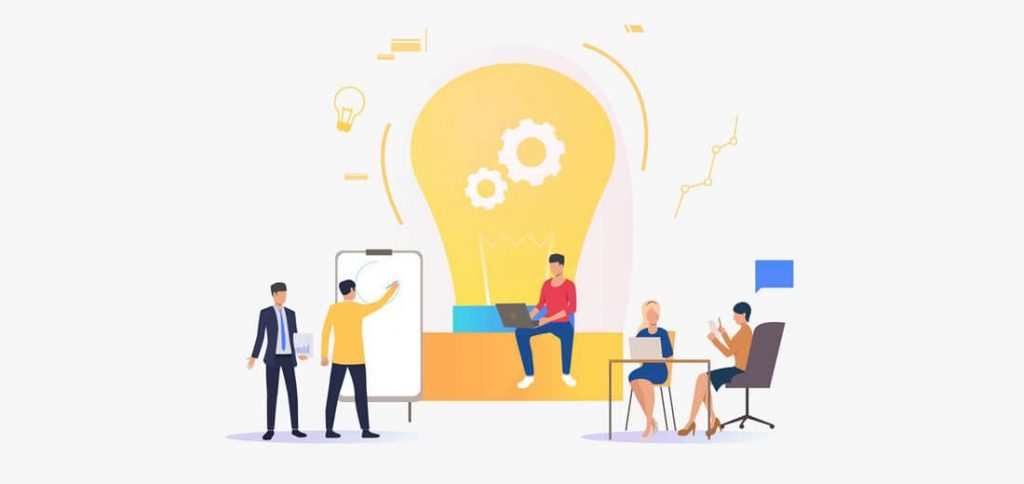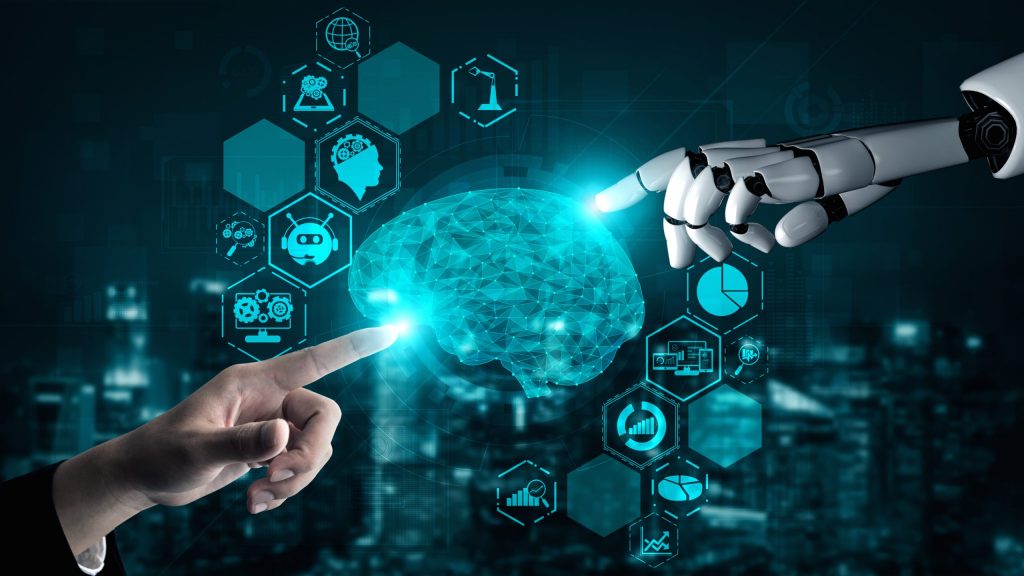Effective Succession Planning and Employee Retention Strategies
Introduction
In the 21st century, the role of Human Resources Management has evolved significantly, requiring professionals to specialize in knowledge and talent management. To thrive in the knowledge economy, organizations must prioritize effective succession planning and employee retention strategies. This blog article aims to provide learning and development professionals in Western Europe and North America with unique insights and actionable tips on optimizing talent management, ensuring a seamless succession planning process, and implementing employee retention strategies. By focusing on best practices and leveraging talent management solutions, organizations can stay ahead in the dynamic world of HRM.
To learn more about talent retention download our free eBook here.
Succession Planning Best Practices
Successful succession planning necessitates a systematic and strategic approach. By following these best practices, organizations can identify and develop future leaders who will drive growth and sustain performance.
Identifying High-Potential Talent
To initiate a successful succession planning process, organizations must identify high-potential employees who possess the necessary skills, competencies, and leadership qualities. One effective method is implementing talent assessment tools and structured evaluation processes to objectively identify individuals poised to step into key roles. By combining objective data with qualitative assessments, organizations can effectively pinpoint the employees with the highest potential for future leadership positions. Identifying high-potential talent early allows organizations to provide targeted development opportunities, shaping their growth trajectory and preparing them for future challenges. Furthermore, establishing a talent pool or leadership pipeline ensures a continuous supply of potential successors for critical roles, reducing the risk of leadership gaps.
To learn more about increasing employee retention download our free podcast here.
Developing Leadership Skills
Once high-potential employees are identified, it is crucial to provide them with focused development opportunities. Implementing leadership development programs and mentorship initiatives can nurture their skills and competencies, preparing them for future leadership roles within the organization. By offering a blend of experiential learning, training workshops, and coaching, organizations can shape the next generation of leaders and ensure a smooth transition of responsibilities. Providing opportunities for these emerging leaders to take on challenging projects, lead cross-functional teams, and gain exposure to different aspects of the business can accelerate their development and build their confidence in taking on higher-level roles. Moreover, mentoring programs pairing high-potential employees with seasoned leaders provide valuable guidance and foster the transfer of knowledge and expertise.
Employee Retention Strategies
Retaining top talent is essential for organizational success. By implementing effective employee retention strategies, organizations can create a supportive and engaging work environment that fosters loyalty and commitment.
Building a Positive Work Culture
A positive work culture plays a pivotal role in retaining talented employees. Organizations should focus on fostering a culture of inclusivity, recognition, and work-life balance. Encouraging open communication channels, providing career growth opportunities, and promoting a healthy work-life integration can enhance employee satisfaction and loyalty. Recognizing and rewarding employee contributions through various means such as performance bonuses, employee appreciation programs, and public acknowledgment can significantly contribute to a positive work culture. Additionally, creating a supportive work environment where employees feel valued, trusted, and empowered to voice their ideas and concerns fosters a sense of belonging and commitment. Regular employee engagement surveys can provide valuable feedback and insights for organizations to continuously improve their work culture.
You can learn more about knowledge retention within your organization from our free podcast here.
Creating Tailored Career Development Plans
Employees are more likely to stay with an organization that invests in their professional growth. By offering tailored career development plans, organizations demonstrate their commitment to employee growth and advancement. Providing ongoing training, mentorship, and opportunities for skills development can significantly contribute to employee retention. Individualized career pathways, coaching sessions, and exposure to different areas of the business allow employees to expand their skills and knowledge, keeping them motivated and engaged. Organizations can also explore job rotation programs, secondments, and stretch assignments to provide employees with new challenges and opportunities to broaden their skill sets. By aligning career development plans with organizational goals, employees can see a clear path for advancement, enhancing their commitment to the organization.
You can learn more about talent management in our free eBook titled “Talent Management Process and Models” here.
Leveraging Talent Management Solutions
Talent management solutions offer comprehensive platforms to support succession planning and employee retention efforts. By leveraging technology, organizations can streamline their talent management processes and enhance overall effectiveness.
Implementing Automated Talent Management Tools
Talent management software simplifies talent acquisition, performance management, and career development processes. By utilizing automated tools to track employee performance, identify skill gaps, and facilitate learning opportunities, organizations can effectively manage their talent pool and align succession planning efforts with business goals. Talent management solutions offer features such as competency mapping, learning management systems, and succession planning modules, providing a comprehensive platform to support talent management initiatives. These tools not only improve efficiency but also provide valuable data-driven insights to support decision-making and enhance talent management strategies.
To learn more about the latest trends in learning & development download a free copy of our eBook on modern L&D strategy by Nick van Dam.
The Power of Data-Driven Insights
Talent management solutions offer organizations the ability to gather and analyze data related to succession planning and employee retention. By leveraging data-driven insights, organizations can identify trends, detect potential flight risks, and make informed decisions regarding talent development and retention strategies. The ability to access real-time data and generate comprehensive reports empowers organizations to proactively address succession planning gaps and design targeted interventions to retain top talent. With data at their fingertips, HR professionals can develop evidence-based strategies, measure the effectiveness of retention initiatives, and continuously refine their talent management practices.
Conclusion
In the dynamic and competitive landscape of talent management, effective succession planning and employee retention strategies are paramount for organizations aiming to attract, develop, and retain top talent. By implementing best practices, nurturing high-potential employees, creating a positive work culture, and leveraging talent management solutions, organizations can build a robust talent pipeline, drive growth, and maintain a competitive advantage. With a strategic focus on succession planning and employee retention, organizations can ensure continuity, engage their workforce, and foster a thriving organizational culture that empowers employees to reach their full potential.

Download free L&D content

Free eBook: Blended Learning
Blended Learning. Solved in one solution. Get the right blend of modern and traditional learning. Why Blended Learning is important? What works for one employee
Modern L&D Strategy by Nick van Dam
Download a free copy of our best-selling eBook with the newest trends in Learning & Development strategy by the former Global Chief Learning Officer at McKinsey & Co.

Free Learning & Development content

Optimizing L&D for Hybrid Workforces: Best Practices and Success Stories
In the contemporary corporate world, the emergence of hybrid workforces has heralded a significant paradigm shift in how organizations operate. For Learning and Development (L&D), this shift brings about unique challenges and opportunities. This article is your guide to navigating the complexities of hybrid workforces, offering comprehensive insights, practical tips, and inspiring success stories.

10 Strategies for Improving Learning Engagement and Motivating Learners
How can you keep your learners engaged and motivated? Whether you’re working in corporate training or as an educator, it’s important to have effective learning engagement strategies in place. By utilizing the right tools and techniques, you can enhance the learning experience and make your training more successful.

How to maximize employee engagement in L&D while minimizing costs
mployee engagement in learning and development (L&D) programs is crucial for the success of any organization. Engaged employees are more productive, more motivated, and more likely to stay with the company. However, with tight budgets and limited resources, it can be challenging for organizations to create L&D programs that engage employees while minimizing costs. In this article, we explore strategies for maximizing employee engagement in L&D programs while minimizing costs.













